29 Mar Welcoming TahNibaa Naataanii Navajo Fiber Artist – Martha Owen Interview
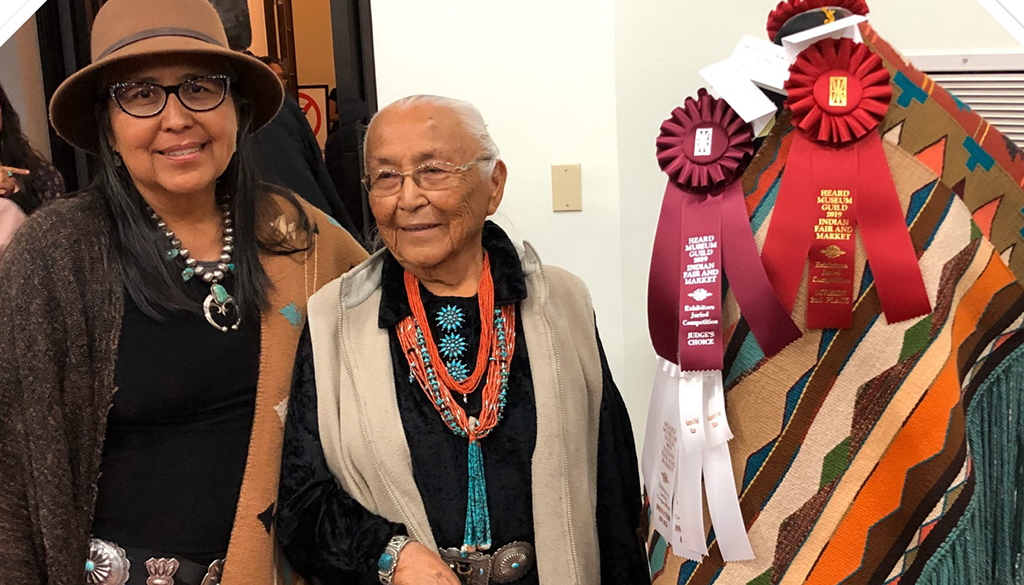
Some instructors make their way to the Folk School because they learned their craft in one of our studios and now spend time passing down those skills. Others hear about the school through conferences and shows, submit their class proposal, then find their way to Brasstown. And others come after someone thinks about something somewhere else and connects with another someone who knows about something somewhere else – which is exactly what we were looking for! Ten years ago, give or take a calendar turn, Martha Owen started thinking about bringing a Navajo fiber artist to campus and in May of 2024, she is thrilled to welcome TahNibaa Naataanii for a weeklong and weekend class focused on wool. We interviewed Martha for her take on this exciting opportunity and what it means to introduce this unique instructor to the Folk School community.
Notice: This Class Has Passed. Please check out our other Felt Making classes.
Interview with Martha Owen sharing her excitement about TahNibaa Naataanii’s upcoming class!
JCCFS: Can you tell us about the twists and turns that led to TahNibaa teaching her first Folk School classes?
MO: Oh, boy! There are a lot of people involved, including a weaver (and dear friend) from Shetland who told me a long time ago that we should bring a Navajo artist to the Folk School. She can show you rounded stones on the shores of Shetland that were used to hold the bottom of warp-weighted looms. There are some interesting similarities between those Viking looms and the looms used by Navajo weavers, so she was intrigued. That’s where it started.
JCCFS: What else happened between then and now?
MO: Well, I’ve got a lot of fiber friends and many of them have also been Folk School instructors. On one visit out to Colorado to attend the Denver Handweavers Guild, I ended up on a road trip to New Mexico with the specific focus of talking with Navajo artists. Then after another trip to Denver was cancelled during the pandemic and everything shut down, another fiber friend who lives in Arizona gave me some names to check out. It took some time to move the conversation from one person to another, then another, and to figure out schedules. From Shetland to Shiprock, this has been an international search!
JCCFS: What’s exciting about this new instructor?
MO: This is the going to be the first time we’ve brought a Navajo artist to teach at the Folk School. Traditionally, students who wanted to learn Navajo craft made their way to the teacher and learned from them in their own environment. And the learning came through watching and observing, not through instruction. Now that so many artists are traveling to teach, we can incorporate another take on wool into our programming. It’s really a unique opportunity for us and for students.
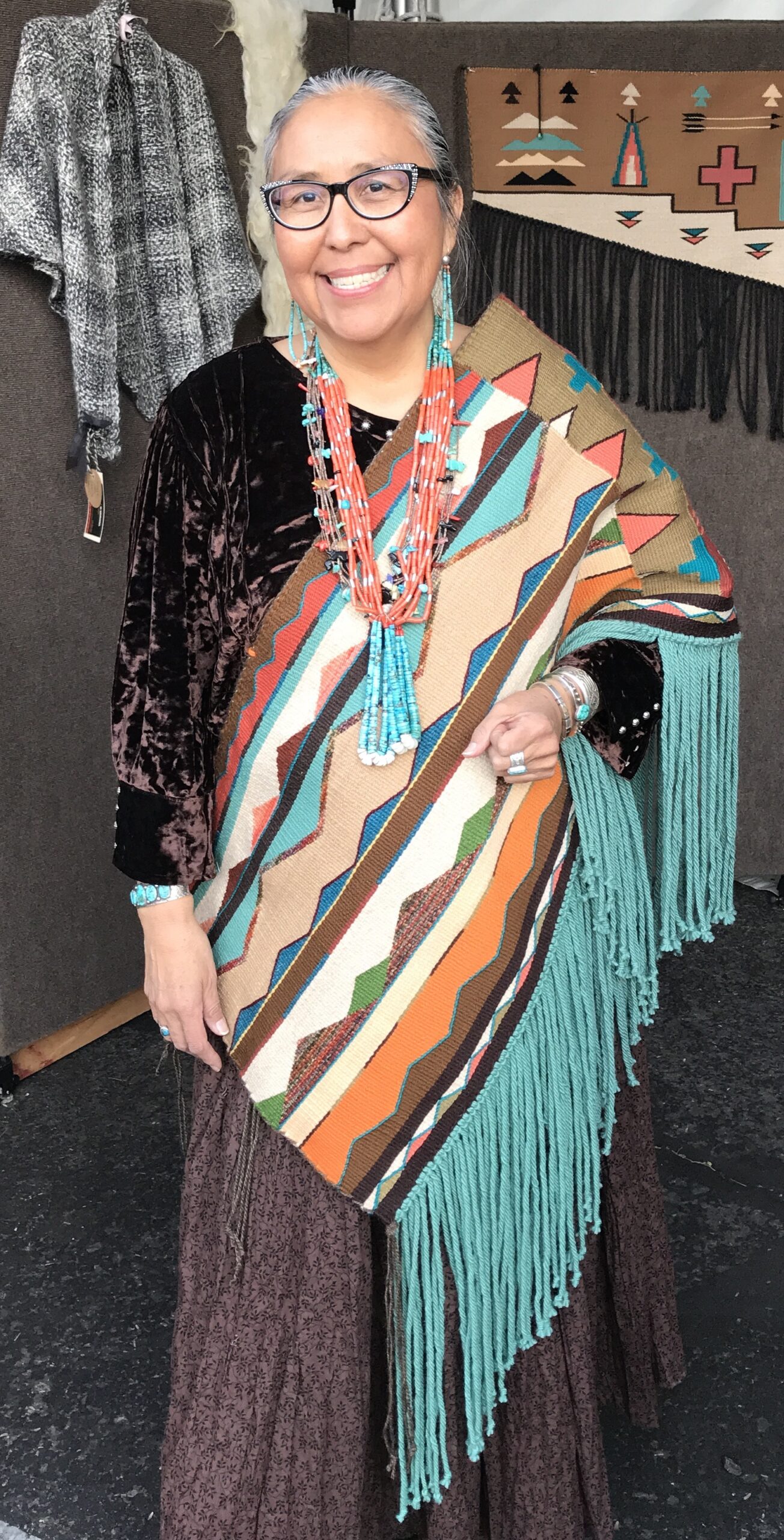
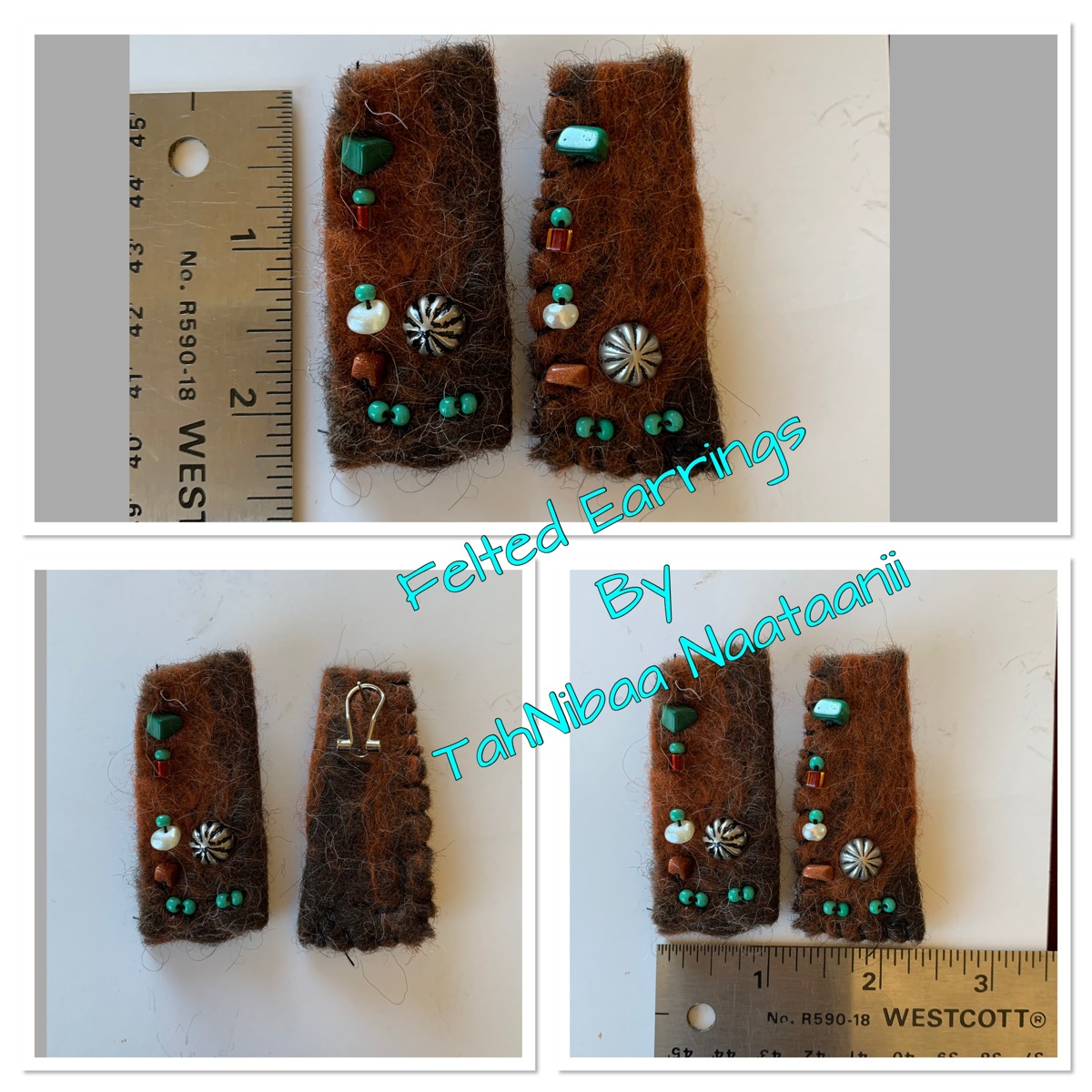
Felted Earrings by TahNibaa Naataanii
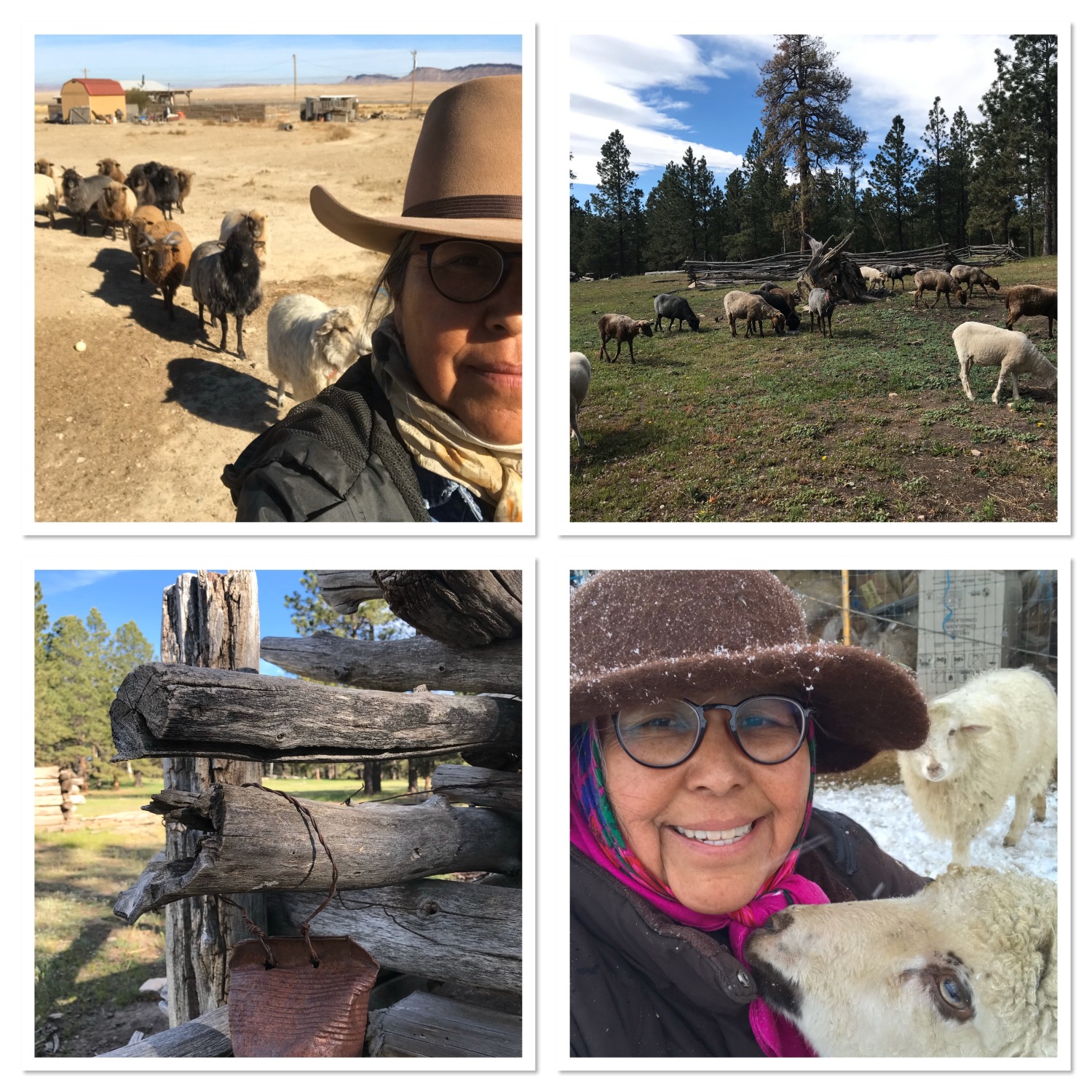
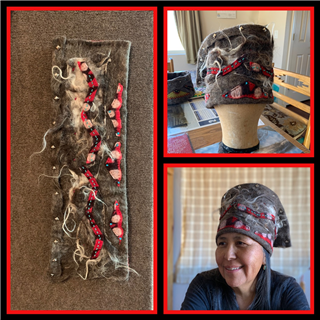
TahNibaa Naataanii Felting
JCCFS: And part of what TahNibaa is focusing on is felting, right?
MO: It is. She’s also a fifth-generation weaver but her work with felt is interesting not only because it’s not her primary tradition, but also because of the wool. Here we go talking about sheep! I raise my own and use their wool in my work, and TahNibaa also raises a heritage breed – the Navajo-Churro. It’s a different type of wool, and part of what’s going to be so fascinating about this class is seeing how Churro wool works with the wool traditionally used for felting (Merino) as well as how it works on its own. You can see in her photos how the felted wool from her sheep has its own look, with some whisps and curls.
JCCFS: So there’s an opportunity here for students at all levels to compare the actual fibers being used.
MO: Exactly. And that’s a gift! There’s a lot of wool out there, a lot that is used for large production, but this is a really specific type that will be used for higher quality pieces. These sheep live in a completely different environment from the ones I raise here so their wool has a different story. That’s what gets me excited. I’m taking the class, too.
JCCFS: What are you hoping to gain as a student?
MO: I’m obviously interested in the wool comparison because it’s what I do, but it’s more than that. Like we talked about before, there were so many people and places involved in getting TahNibaa to the Folk School and as the person who gets to put all of those pieces together, it’s also important for me to build that connection. I’ve been scheduling classes here for a long time. I’ve traveled all over to teach and to take classes myself, and these connections are the things that help make our programs here so great. The Folk School empowers me to take risks, find interesting instructors, and bring new content to our offerings, while also preserving tradition. This is an out-of-the-box kind of class, and this is the kind of place where that gets to happen.
JCCFS: And this is the weeklong class you’re talking about, right? She’s also teaching a weekend class.
MO: Right. The weeklong class is focused on felting and the weekend class is focused on spinning. Both include the use of Navajo-Churro wool.
JCCFS: That seems to be an important element, the wool.
MO: It absolutely is. There’s a really beautiful creation story in the Navajo tradition about these sheep, one that I learned about through another artist, Nikyle Begay, who has created a co-op focused on supporting the Navajo people who continue raising this breed. To recognize the significant role these sheep have played in the Navajo story really elevates the experience of working with the wool.
JCCFS: What else do you want people to know?
MO: This is a rare opportunity and one that has already led me down many miles and to many new friends and artists. As the Creative Program Advisor for five different program areas, I’ve been encouraged to pursue my ideas in the hopes of drawing students and instructors to this one-of-a-kind place. Craft really connects people who might not otherwise meet. Here we are, almost 100 years in, still finding new ways to make those connections happen.
There are still spots available in TahNibaa’s weeklong class – Felt and Embellishment: Experiments in Wool and Culture. A waitlist is available for her weekend class – The Sheep Told Me. You can learn more about her work (and her sheep!) on her website.
You can also learn about the creation story and fiber co-op mentioned above in this article from American Wool.
Upcoming Class with TahNibaa Naataanii
Felt and Embellishment: Experiments in Wool and Culture
Explore hand and needle felting techniques to create bead-embellished wearable art or jewelry, bags, wall hangings, and more. Work with wool from the instructor’s heritage breed Navajo Churro sheep that grow beautiful shades of brown, gray, black, white, and tan, and combine it with merino in many dyed colors. See what happens and how these different kinds of wool behave in different combinations: Churro on Churro, merino on merino, and on! All levels welcome; some physical stamina required.
Notice: This Class Has Passed. Please check out our other Felt Making classes.




Sorry, the comment form is closed at this time.